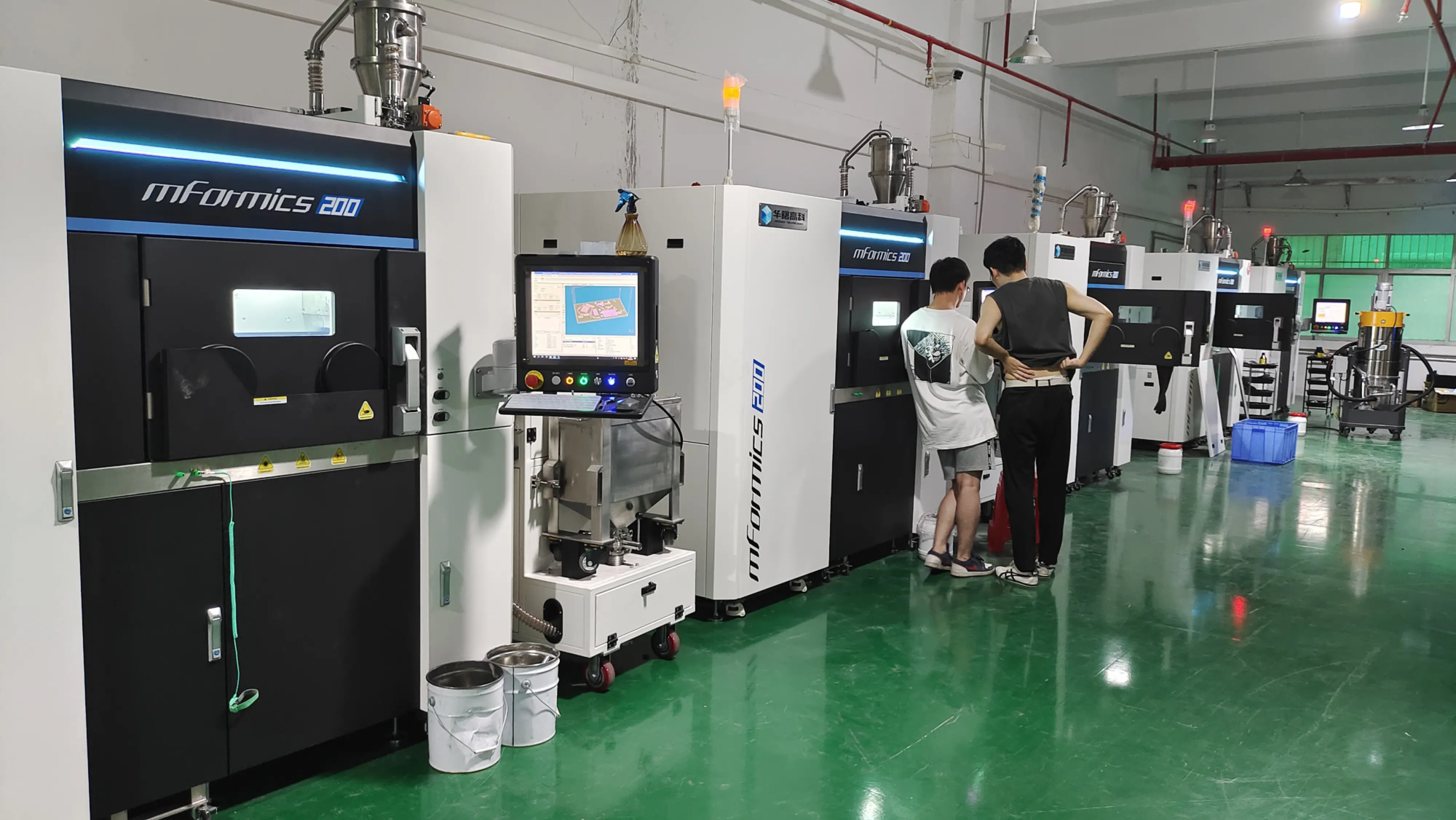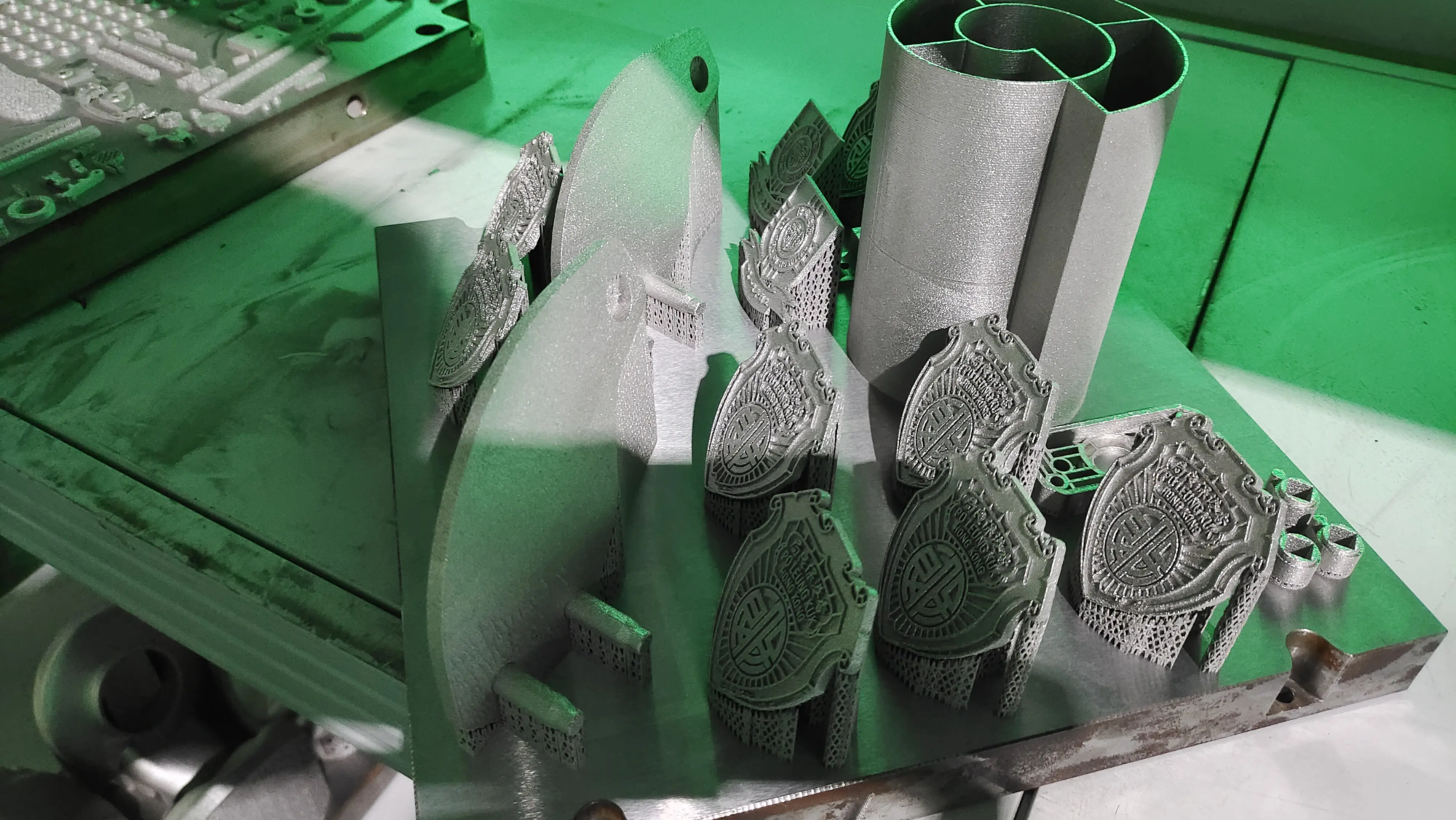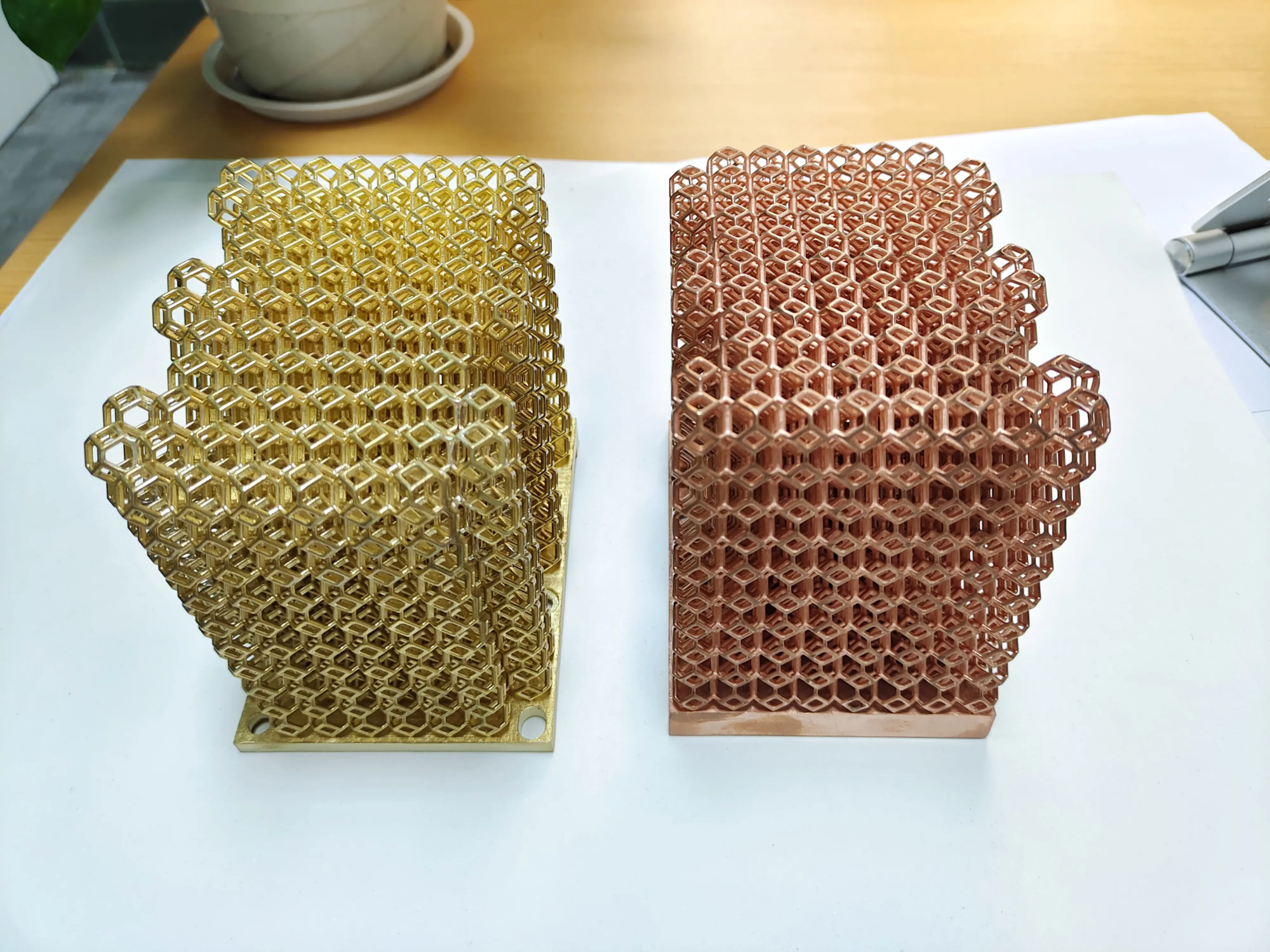When it comes to 3D printing, various techniques and strategies can be employed to obtain specific results. One of the increasingly popular techniques in recent years is the use of wall rings. Wall rings are an important part of 3D printing, especially in the context of Fusion Deposition Modeling (FDM) and Stereo-Lithography (SLA). In this article, we will dig into the world of wall rings, exploring their nature, importance, and how they can be used in 3D printing.
First, a wall ring refers to a filament or resin ring forming the periphery of a 3D printed object. These cycles are essential for determining the overall quality and accuracy of the printed part. In FDM, the wall ring is generated by extrusion of molten plastic through heating nozzles, which are then deposited on a construction platform of a specific pattern. The number of wall loops, their thickness, and the distance between them can be adjusted to achieve the desired details and finish.
In SLA, the wall ring is formed by curing the resin after exposure to ultraviolet (UV) light. The resin is cured in a layer, and the wall ring is produced by the interaction between the ultraviolet rays and the resin. The characteristics of the wall ring, such as its width and height, can be controlled by adjusting the printing parameters including layer thickness, exposure time and UV intensity.
The importance of wall rings lies in their ability to influence the mechanical properties and aesthetic appeal of the printed part. For example, increasing the number of wall rings can enhance the strength and stiffness of the parts while reducing the distance between them can improve the surface finish. However, excessive wall circulation can lead to increased material use, longer printing time, and higher risk of warping or stratification.
To optimize the wall ring, the 3D printing software and hardware must be carefully calibrated. This involves adjusting printing parameters such as extrusion multiplier, layer thickness and fill density to achieve the desired balance between substance use, printing time and part mass. In addition, the choice of materials and printing technology will also affect the wall rings, and different materials exhibit varying degrees of shrinkage, warping and adhesion.
Greglight is a professional rapid prototyping manufacturer with extensive experience in optimizing wall rings for a variety of 3D printing applications. With Advanced SLM 3D printer equipment and production technology, Greatlight can provide high-quality metal parts with custom wall rings to meet specific customer needs. Their expertise in post-processing and finishing services also enables them to enhance the surface surface and mechanical properties of printed parts.
In short, wall rings play a crucial role in determining the quality and accuracy of 3D printed parts. By understanding the principles of wall rings and optimizing their performance, 3D printing manufacturers can produce parts that enhance mechanical properties, surface surfaces and aesthetic appeal. Whether you are an amateur or a professional, recognizing the importance of wall circulation can help you unlock the full potential of 3D printing technology.
FAQ:
Q: What is the wall ring in 3D printing?
Answer: Wall rings refer to thin filaments or resin rings that form the periphery of 3D printed objects.
Q: Why are wall rings important in 3D printing?
A: Wall rings can affect the mechanical properties and aesthetic appeal of the printed part and may affect the use of substances, printing time and risks of warping or stratification.
Q: How to optimize wall rings in 3D printing?
A: Optimizing the wall ring involves adjusting printing parameters such as extrusion multiplier, layer thickness and fill density, and choosing the right materials and printing techniques.
Q: Can Greatlight help me customize wall loops for my 3D printing project?
A: Yes, Greglight is a professional rapid prototyping manufacturer with expertise in optimizing wall loops for a variety of 3D printing applications and can provide customized solutions to meet specific customer needs.
Q: What is the difference between wall rings in FDM and SLA?
A: In FDM, the wall ring is generated by extrusion of molten plastic, while in SLA, the wall cycle is formed by curing resin when exposed to ultraviolet light. The properties of the wall ring can be controlled by adjusting the printing parameters in both techniques.
ISO 9001 Factory





